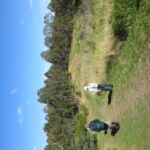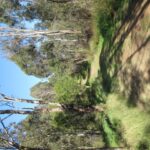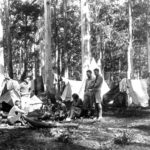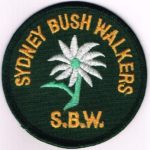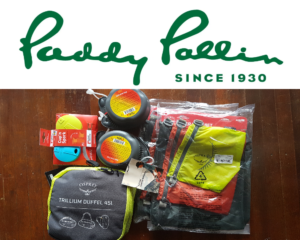The Nature Conservation Council (NCC) states that shocking new analysis estimates that fire, drought and starvation have killed 10,000 koalas since October [1]. That’s one out of every three koalas in the state!
Koala numbers were already declining steeply and slipping towards extinction. The fires have made their plight even more urgent.
In the midst of this crisis, you would expect our government would do everything in its power to protect remaining forests. But it is doing the opposite.
The NSW Government has now approved logging in two state forests that fires ripped through just weeks ago.
The NCC wants you to call on Premier Berejiklian to put an immediate moratorium on logging and to conduct a wildlife and habitat assessment.
More than 5 million hectares has burnt in NSW this fire season [2], including more than 41% of the national parks estate and 40% of state forests [3].
Native forests are resilient and will recover in time. Burnt forests are living forests with trees that are sprouting fresh leaves. Animals that survived the fires will slowly move back into these forests as life regenerates, so it is critical that these areas are kept safe.
Logging burnt forests not only destroys wildlife habitat, it slows recovery and harms soil and water health. It also increases future fire risk and leaves the forest uninhabitable for decades [3].
Premier Berejiklian has the power to keep forests safe from further destruction. The NCC asks you to call on her to put a moratorium on logging and give our wildlife a fighting chance after the bushfires.
Unburnt forests are critical refuges for koalas and other threatened species. With so much of the state burnt, koalas cannot afford to have their homes and food chopped down and their lives put at risk.
Right now, the NSW Government is looking at where else can be logged, against the best scientific advice, and before carrying out a post-bushfire wildlife and habitat impact assessment.
Pressure from the community has made a difference this bushfire season already, allowing wildlife carers and ecologists into closed state forests on the North Coast where koalas were dying of starvation.
We need to keep being a voice for koalas and other threatened species.
In times like these it can be hard to hold on to hope, but tens of thousands of people are standing up for nature and we are not backing down. Burnt forests are recovering and koalas are being rescued and rehabilitated by dedicated wildlife carers.
[1] Ten thousand koalas may have died in the NSW bushfires, inquiry hears. ABC, 19 February, 2020.
[2] Understanding the impact of the 2019-2020 fires. Department of Planning, Industry and Environment, February 2020.
[3] Analysis by The Wilderness Society, 2020.[4] Post-bushfire logging makes a bad situation even worse, but the industry is ignoring the science. ABC Lindenmayer, 29 January, 2020.
